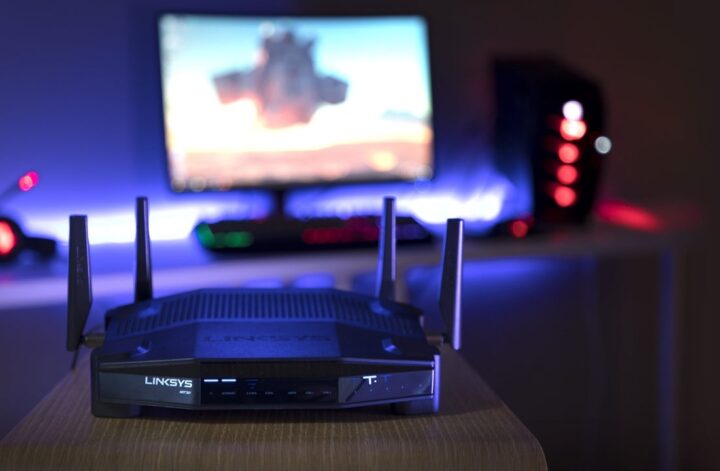
When working on a Wi-Fi network, it’s easy to run into trouble when something isn’t working, even if you’re using the best router. The number of recurring issues can sometimes be resolved with one of the best routers, but purchasing a new router doesn’t need to be the only solution.
There are dozens of ways to resolve a faulty connection, whether you’re using one of the best laptops or even just a smartphone. There are many different approaches to try regarding individual device networks, home networks, and even DNS or IP configurations. We’ve compiled multiple tactics that seem to work most frequently. Here are three different methods to try when your Wi-Fi is not working.
1. Restart Your Router
If your Wi-Fi is not working properly, restarting your router is the first place to start. This allows for the system to reboot and reconfigure itself, which is a great fix for Wi-Fi signals not working.
After following these steps, you will have successfully restarted your router. It can be hard to pinpoint exact issues and problems with network routers, so this restart allows for an across-the-board reboot of everything. You cover all your bases here, where you might not if you simply targeted a specific device or DNS cache. This can fix many issues, but sometimes, you must try another method.
2. Check for An Outage
If resetting your router didn’t do anything, the next step is to check for an outage in your area. Depending on your internet service provider (ISP), the steps to find this may differ. The easiest way to find the website you’re looking for is by searching “[ISP name] Wi-Fi Outage” in Google. The first link should be on your ISP’s page, which will be an outage map.
Sometimes, you’ll need to log in to check this but most ISP websites allow anyone to see this information. Enter any information needed, and you’ll be greeted with a map showcasing any outages in your area. These are very detailed and offer an extensive list of services that are not working at the moment, which could be the reason why your Wi-Fi is not working.
3. Flush DNS Cache
If your problem is specifically with one or a few devices, you can also flush the DNS Cache. The DNS (domain name service) Cache stores records of a device’s previous DNS lookups. This is stored locally on your device, making it easier to reload sites you recently visited. Issues can arise when the cached DNS records do not align with the proper and current DNS records. This is an easy fix, though:
For Windows:
For macOS:
For iOS:
Even if you’re using an iPhone, you can still fix a faulty DNS cache.
For Android:
If these methods don’t resolve your issue, it might be best to contact your internet service provider to see if they can help troubleshoot your connection problems.
